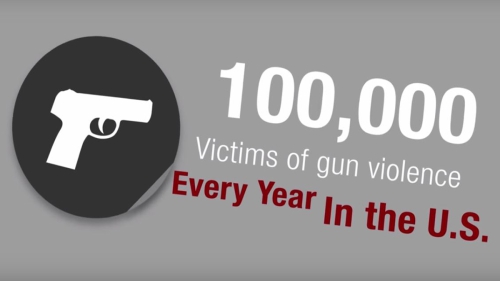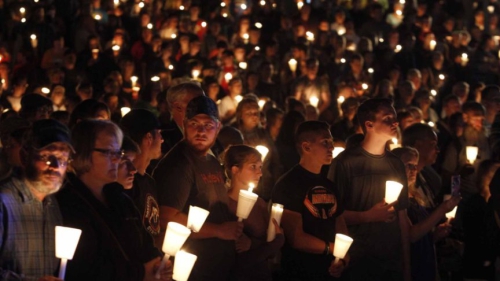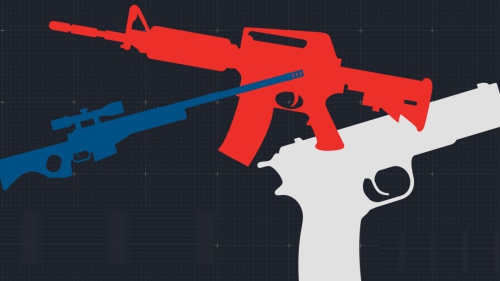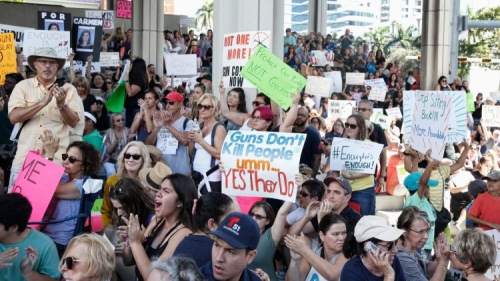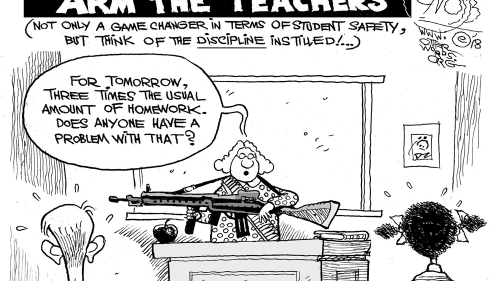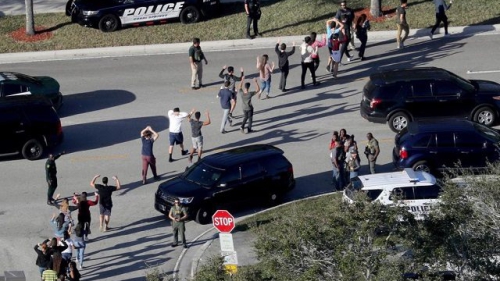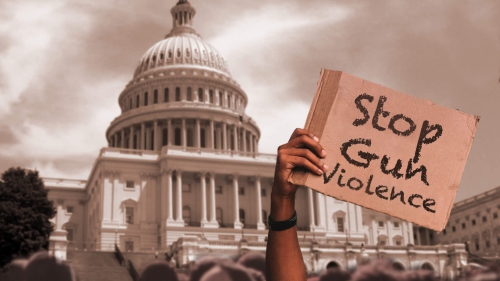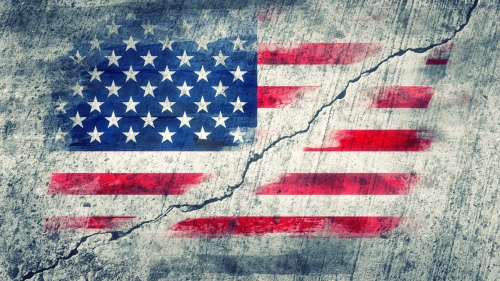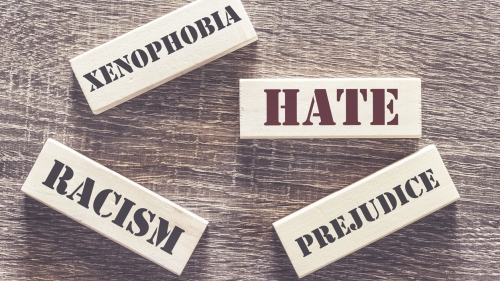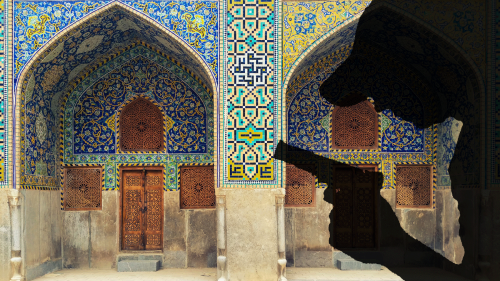Locked and Loaded: America's Mass Shooting Epidemic
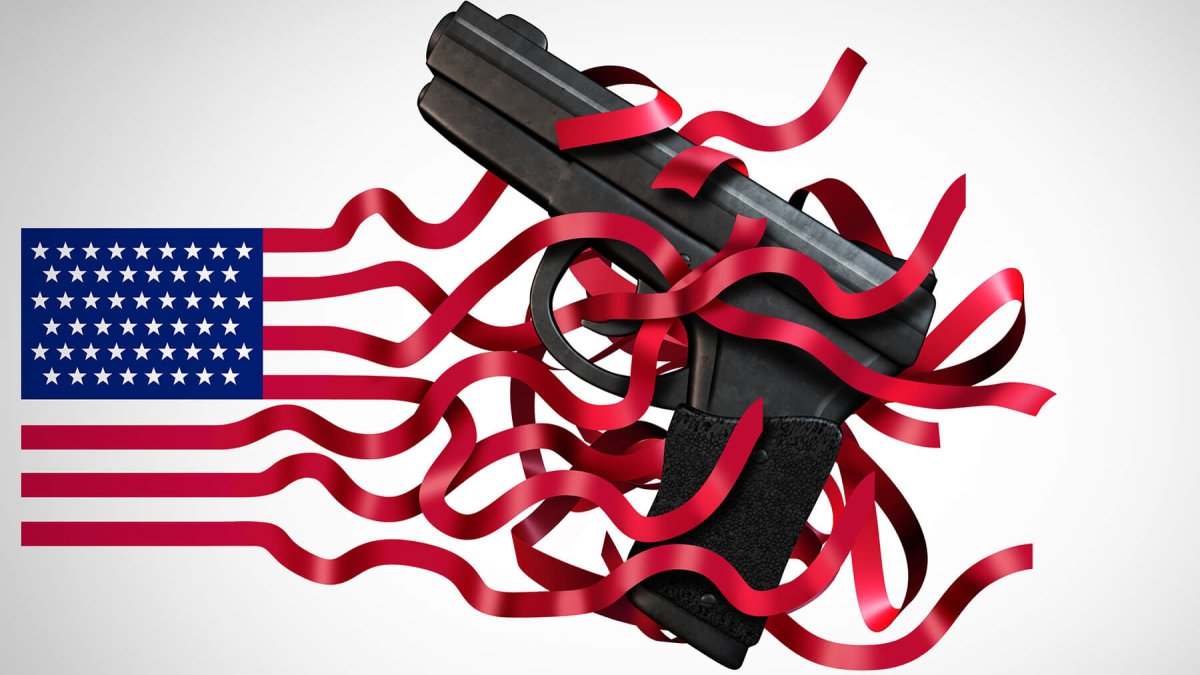
On February 24, 2023, ABC News reported that according to the Gun Violence Archive, a nonprofit organization tracking gun violence in the United States, 6,278 people have died from gun violence since the beginning of the year, which is roughly 116 deaths each day. Suicide constituted 56% of these deaths, with an average of 66 deaths per day. A majority of deaths in 2023 occurred in Texas, California, Florida, Georgia, North Carolina, Illinois, and Louisiana.
There were 84 mass shootings in 2023 until February 24 of the year. These mass shootings have caused 126 deaths and 336 injuries. The Archive defines it as mass shooting when at least 4 people, other than the shooter, are shot or killed. These mass shootings have caused 126 deaths and 336 injuries so far this year. Among these, which grabbed the most attention, were at Michigan, three students were killed and five others injured when a gunman opened fire at two locations on Michigan State University's main campus of East Lansing on February 13, 2023. And in California, three shootings occurred in a matter of days; on January 21 at Monterey Park, a 72-year old gunman shot 11 people dead and wounded at least 9 others at a dance hall frequented by Asian American community as they celebrated the Lunar New Year, and another 67-year-old opened fire on January 23 killing 7 people and wounding one another at the Half Moon Bay near Los Angeles.
The Archives tracked more than 647 mass shootings in 2022 and 690 in 2021. The U.S. has surpassed 39,000 deaths per year since 2014. Yet, these deaths were down from 2016, 2017, and 2018 when the total number of deaths each year surpassed 50,000. There were 44,310 deaths in 2022.
In view of the importance of the mass shootings, all major news media, including CNN, ABC, NBC, and BBC, dealt with them. They were discussed often by the daily news channels PBS and NPR.
Organizations representing American Muslims joined with other religious organizations in protesting against gun violence.
Gun ownership in the US
Gun violence has left few places unscathed in the United States over the decades. Among these are mass shooting incidents at Monterey Park, Atlanta, Orlando, Las Vegas, Newtown, San Bernardino, and Uvalde.
Yet, many Americans consider their right to bear arms as an inviolable right as the second amendment of the US Constitution, which states: “A well-regulated Militia, being necessary to the security of a Free State, the right of the people to keep and bear Arms, shall not be infringed.” Critics of the Second Amendment say that right threatens the basic right of humans to life. Thus the relationship between America’s gun ownership is unique, and its gun culture differs from that of the rest of the world.
The exact number of civilian-owed firearms in the U.S. is difficult to estimate, including unregistered weapons, illegal trade, and global conflict. However, according to the Switzerland-based Small Arms Survey (SAS), no other nation than the U.S. has more civilian guns. The SAS researchers estimate that Americans own 393 million of a total of 857 million civilian guns available. Thus, there are 120 guns for every 100 Americans. The US has less than 5% of the world's population but 40% of its civilian-owned guns. About 44% of US adults live in households with a gun, and about one-third own a gun personally, according to a 2020 Gallup survey.
The US is one of the three countries in the world where bearing arms is a constitutional right, but Mexico and Guatemala, the other two, have almost a tenth of guns than the United States, according to Zachary Elkins, Professor of Government studies at the University of Texas at Austin.
Almost a third of US citizens believe there would be less crime if more people owned guns, according to a 2021 Pew Survey. However, multiple studies show where people have easy access to firearms, gun-related deaths tend to be more frequent, including suicide, homicide and unintended injuries. Therefore, it is not surprising that the US has more deaths per capita from gun violence than any other developed country. The rate in the US is eight times greater than in Canada, which has the seventh highest rate of gun ownership in the world. It is 22 times higher than in the European Union and nearly 100 times than in the United Kingdom.
With the increased demand for firearms, its manufacturing business is flourishing in the U.S. In 2018, the gun makers produced 9 million firearms, more than double the amount manufactured in 2008, according to the US Bureau of Alcohol, Tobacco, Firearms and Explosives (AFT). January 2021 marked the biggest annual increase since 2013, when the Federal government passed necessary background checks for purchasing a gun- a nearly 60% jump from 2020.
Relative gun ownership in other countries
In 2019 the U.S. had the 32nd highest rate of deaths from gun violence in the world, with 3.96 deaths per 100,000 people.
The World Economic Forum reported that in 2019 about half of gun deaths in the world took place in the Americas, with the largest in Brazil; the United States was second, followed by Mexico, Colombia, Venezuela, and Guatemala.
Gun deaths are rare in many low-income countries, such as Tajikistan and Gambia. The prosperous Asian countries such as Singapore, Japan, South Korea, and China have the lowest rates. Apart from conflict-ridden Yemen, it is lower in the sub-Saharan countries, including many that are among the poorest of the world.
To be sure, Ali Mokdad, Professor of Global and epidemiology appearing on national public radio (npr) in January 2023, said there are countries where gun violence is a substantially larger problem, particularly in Central America and the Caribbean due to the presence of gangs and drug traffickers fighting to get more territory, and citizens who are not involved are often caught in the crossfire.
Mass shootings are an American phenomenon
Regular mass shootings are a uniquely American phenomenon. The US is the only developed country where mass shootings have happened every single year for the past 20 years. US President Joe Biden renewed calls for gun reform after mass shootings in Colorado, South Carolina and Texas, and phrased it as an epidemic. In March 2021, The US House of Representatives passed legislation that would require unlicensed and private sellers, as well as all licensed sellers, to perform background checks before gun sales, but the bills got stuck in the Senate. For decades political roadblocks have stalled such efforts. This partisan divide gets reflected in the US population, with Republicans mostly standing against restrictions and Democrats for them.
“An American Disease”
In the eyes of the world, the U.S. has become synonymous with gun culture. The Australian Prime Minister John Howard, when he was working to tighten firearms policies, pointedly said, “We do not want the American disease imported into Australia.”
It was in 1996 when Martin Bryant used a semiautomatic rifle to shoot and kill 35 people and injure another 23 near a popular tourist resort in Port Arthur, Tasmania. In the wake of this shooting, all Australian states and territories got together and passed the National Firearms Agreement, which established, among other things, a national gun registry for gun purchases and sales and enacted a buyback program to retrieve arms from their owners.
Necessary measures to stop gun violence in the US
The Centers for Disease Control and Prevention report every day, 120 Americans are killed with guns, and time and again, we are heartbroken to hear the news of mass shootings. Any healing must include the conviction that we will do everything in power to keep these tragedies from happening in a nation that continues to face the pandemic of gun violence.
These deaths are a predictable outcome of our lack of political will for change and underinvesting in prevention approaches that work, as evidenced by measures taken in other countries. Organizations such as Prevention Institute and Every-town for Gun Safety advocate common sense recommendations.
In summary, these measures include enacting necessary gun laws that reduce easy access to dangerous weapons and keep guns out of the wrong hands, especially the youth and individuals at risk of harming themselves and others, keeping guns out of schools, holding the gun industry accountable and ensure adequate oversight for marketing and sale of guns and ammunition, requiring mandatory training and licensing by gun owners, and banning of the assault weapons and dangerous hardware. The hope is to create a culture of gun safety that will keep our communities safe and responsible.
American Muslim organizations against gun violence
Islam permits owning firearms by a person or persons for the purpose of safety and security, but Islam is against its use to commit violence against oneself or others. Thus it advocates all of the necessary measures to stop gun violence described above. And American Muslim organizations have worked for and upheld these measures.
On December 15, 2012, following the tragedy at school in Newtown, CT, Imam Mohamed Magid, President of the Islamic Society of North America (ISNA) joined with other national religious leaders to call for an end to gun violence. They honored the memories of those who lost their lives in the school shooting and insisted that Congress and the President work to prevent such a tragedy from ever happening again. In January 2013, Dr. Sayyid M. Syeed, ISNA National Director for Interfaith and Community Alliance joined more than 45 clergies and heads of religious groups at a Capitol Hill press conference and then signed a joint letter to Congress petitioning lawmakers to reinstitute a ban on the military-style assault weapons and high capacity magazines, require the background checks on all gun buyers, and make the gun trafficking a federal crime.
On September 30, 2022, the Council of American-Islamic Relations (CAIR) National Board member Imam Johari Abdul Malik joined representatives of the National Center for Juvenile Justice Reform (NCJJR) and other national community leaders at the National Press Club, Washington, D.C. and announced a nationwide campaign of initiatives and programs against gun violence. The campaign will culminate on the 30th anniversary of the National Urban Peace and Justice Summit scheduled for April 2023.
On June 16, 2022, the U.S. Council of Muslim Organizations (USCMO0), the largest umbrella Muslim American organizations supported the bipartisan framework for gun control legislation reached by the U.S. Senate. While it lacked the critically necessary controls on gun buying, but expanded the background checks, extreme risk prevention, and an increase in age-eligibility for the purchase, it was the first movement on gun control laws in 28 years. The agreement came with the support of 10 Republicans, giving the measure a 60-vote super-majority to vault through the perennial roadblocks and pass it on to President Joe Biden for signing into legislation.
The writer Siraj Islam Mufti, Ph.D. is a journalist and author based in sunny Tucson, Arizona.





